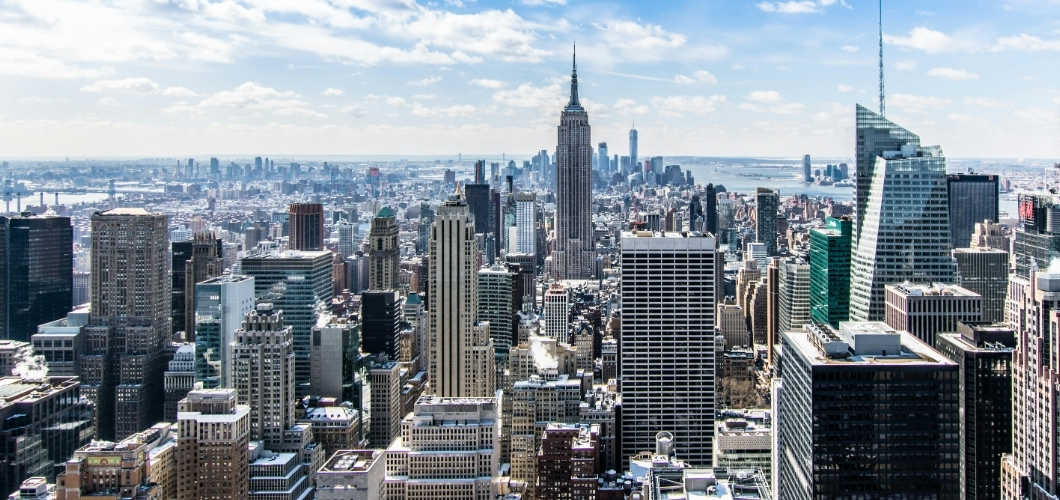As cities continue to grow, the pressure on their infrastructure increases, combined with a need to ensure they do not get congested and manage resources in a manner that is better. Big Data has emerged as a key enabler in the development of smart cities—providing the tools that an urban planner needs to transform what once could be seen as problems into opportunities. Harnessing real-time data and predictive analytics can make cities more efficient, sustainable, and habitable.
ALSO READ: Excel’s Hidden Power for Data Analysis
Optimizing Traffic and Transport Systems
Traffic and transport management is also one of the highly important fields where Big Data makes a difference. As a city of the millennium, cities rely heavily on sensors, GPS data, and cameras in traffic to collect real-time data on the movement of traffic and usage of public transport. Data analysis ensures that urban planners optimize control over the traffic lights, reduce congestion levels, and improve bus routes. This consequently reduces the amount of time required for traveling and saves on emissions to provide a more sustainable urban environment.
Enhanced Public Services
Big Data equips city officials with the knowledge of exactly how the public services are used and where exact improvements are needed. For instance, waste collection can be improved through analysis of the patterns of waste that are disposed of to determine optimal collection routes. Data from smart meters, for example, enable cities to monitor energy consumption, hence enabling the implementation of the initiatives that are necessary to save energy.
Enhancing Public Safety
Public safety is another key domain where Big Data has become quite crucial. Smart cities are then able to utilize surveillance systems, social media, and emergency services, among others, to predict and respond more efficiently to the occurrence of possible incidents. Resources can be applied in a more efficient way by analyzing predictive analytics when it comes to crime hotspots, allowing quicker responses and safer city spaces.
Sustainable Urban Development
Big Data can be utilized by urban planners to create any sustainable development strategy through the analysis of environmental data. It will cover the quality of the air, water usage, and land utilization. All these insights help planners design the buildings, parks, and renewable energy systems in line with the plan of being sustainable for the city.
Big Data is at the heart of building smarter cities. It is through this technology that efficient, responsive, and sustainable urban spaces will be created in sufficient ways to adapt to the ever-increasing populations.



